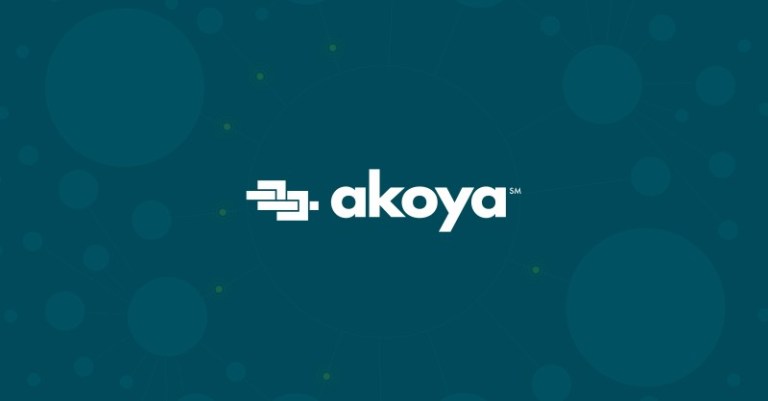An Insider on Accelerating Open Banking for Real-Time Payments

Open banking could unlock the next step in real-time payments’ evolution by bringing them directly to consumers through banks’ APIs — but acceptance in the U.S. will require a concerted effort between the industry and policymakers, says Akoya’s Anil Mahalaha.
PYMNTS interviews Anil Mahalaha, head of solutions at Akoya, about why open banking proliferation in the United States has been slow to catch on.
—
![]() Open banking could be a massive enabler for real-time payments solutions around the world. Rather than forcing real-time payments providers to create custom software stacks to interact with each of their customers’ financial institutions (FIs), open banking makes these application programming interfaces (APIs) freely available and enables faster payments implementations.
Open banking could be a massive enabler for real-time payments solutions around the world. Rather than forcing real-time payments providers to create custom software stacks to interact with each of their customers’ financial institutions (FIs), open banking makes these application programming interfaces (APIs) freely available and enables faster payments implementations.
“When the end user is logging in to their account, the account is instantly validated, the customer is authenticated, and funding information or balance information can be obtained through open banking channels for real-time payments,” Mahalaha said. “And then the merchant or the app that the end user is using can instantly create payment instructions and send it to the payment processor.”
Open banking proliferation is not equal across the globe, however. The U.S. in particular lags behind the European Union and many other countries, due in large part to the government’s different opinions on how the open banking economy should be structured.
“U.S. open banking is market-led, whereas in other countries, open banking is more regulatory-led,” he said. “The rest of the world, particularly the U.K., has had a head start, while the U.S. has largely relied on screen scraping for the past 20 years, which I do not consider open banking.”
Making open banking more widespread in the U.S. and unlocking further access to real-time payments is something that is of interest to both the industry and policymakers. Accelerating open banking adoption could drive further economic growth as users and consumers leverage real-time payments for more purposes, but work needs to be done to make open banking even more of a priority with FinTechs and other industry participants.
“Getting rid of screen scraping and replacing it with APIs is going to take some time with the [Consumer Financial Protection Bureau (CFPB)],” he said. “They’re now working on that rule making, which can nudge people into providing more open banking data. I don’t think there’s anything else that is preventing open banking [in the U.S.]”